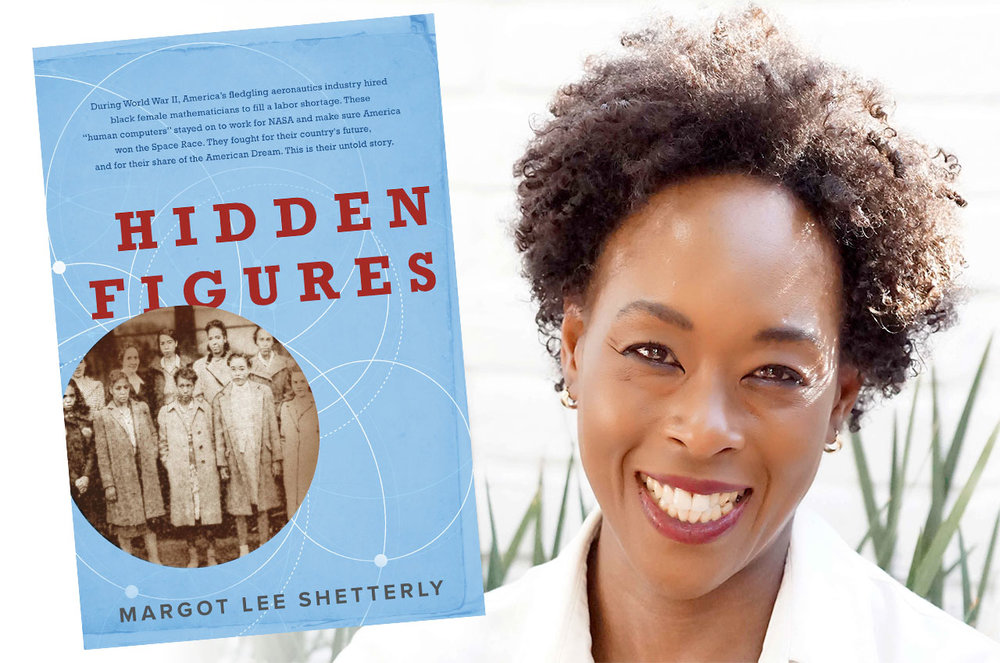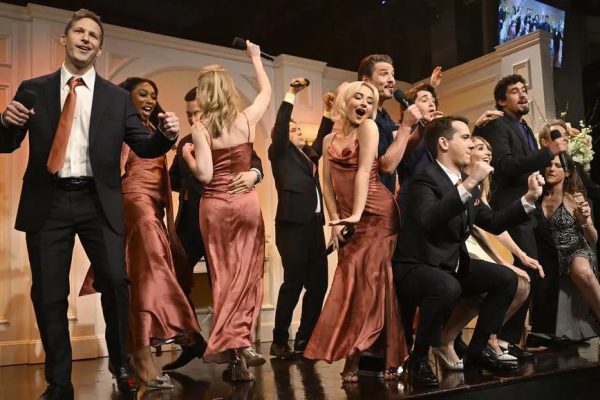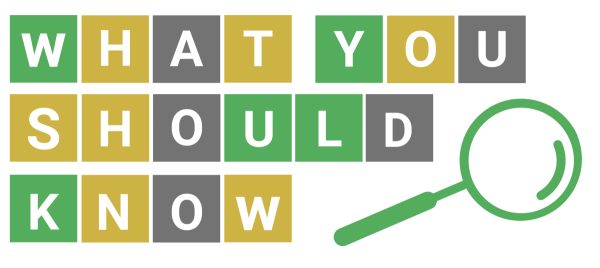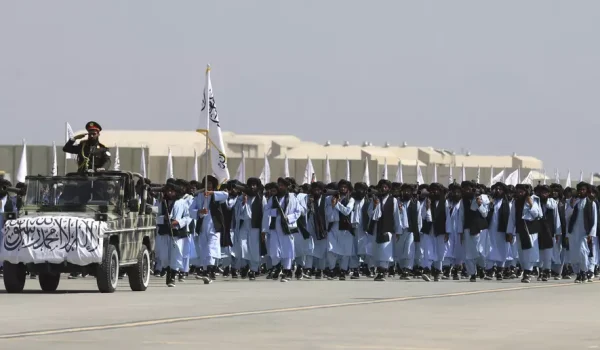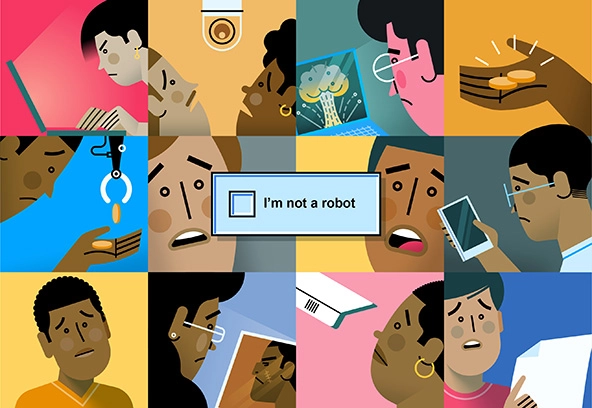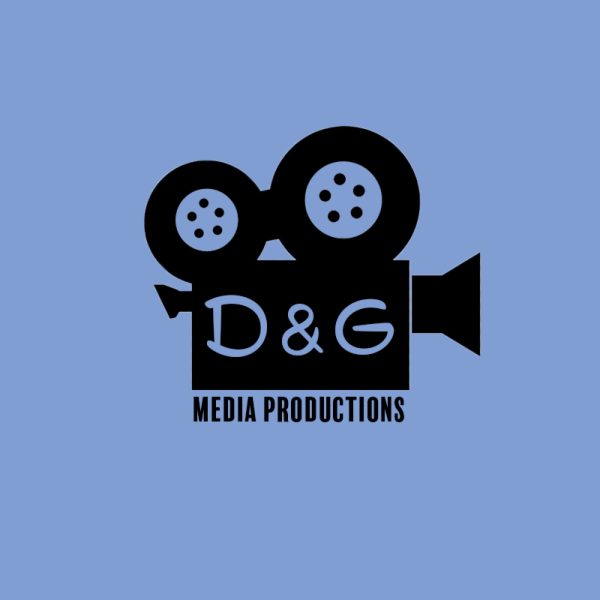Hidden Figures Book Misses Mark
Author Margot Lee Shetterly’s debut book Hidden Figures, which hit shelves in September 2016, was this summer’s One Book selection. The work attempts to tell a powerful story of three female, African American NASA employees that explore the glaring racial and gender-based divides in the American workforce after the end of World War II, especially during the Space Race in 1969. The key word here, though, is attempts, because although Shetterly puts forth a valiant effort, her narrative falls flat and fails to capture its readers’ hearts and minds the way it so dearly strives to.
Throughout the course of the book, the narration follows the lives and careers of three NASA employees: Dorothy Vaughan, a mathematician (called a computer at the time), and supervisor; Mary Jackson, a computer and, later, an engineer; and Katherine Johnson, also a computer. In doing so, the narration attempts to emotionally connect with readers. However, the dry and extremely straightforward voice makes it nearly impossible for readers to form any emotional connection whatsoever. At times, the book reads more like a history textbook than a narrative or a memoir, and this problem gets worse as the book wears on, when the details of the process to reach the characters’ mathematical and career conclusions start to become repetitive and increasingly tedious to read through. This structure makes it difficult for the few examples of prejudice included in the novel, such as when the characters are forced to walk across the entire campus to use the bathroom or forced to sit at a segregated lunch table, to stand out from the other uninteresting events of the story. The end result of this failure is that Shetterly’s overall message becomes buried by the sheer weight of her own stylistic choices.
Ultimately, Hidden Figures succeeds at the most basic thing it set out to do, which is to tell these women’s stories in great detail. However, the structure of the work is so stilted and the depictions and events portrayed as so similar to one another, that unless you are interested in aeronautics or a textbook-style account of the events, there is no reason for you to read this book if you have not already done so. Although the effort and attempt to tell those fascinating and important stories is valiant in its own right, Hidden Figures commits the cardinal sin of modern storytelling: it is simply an uninteresting and, worse, forgettable story.
1.5/5 Feathers


